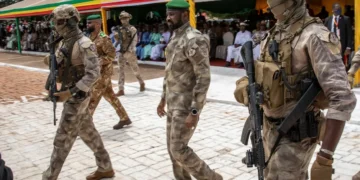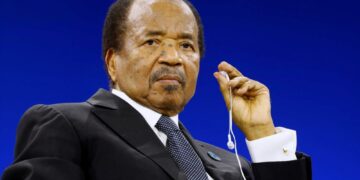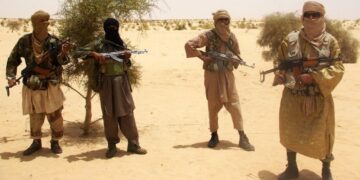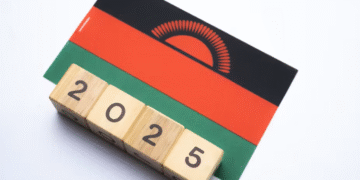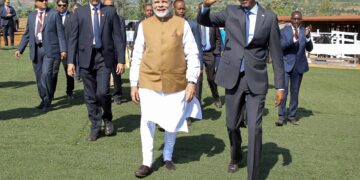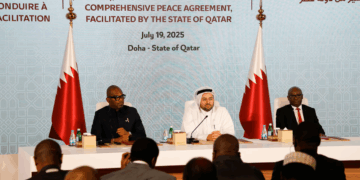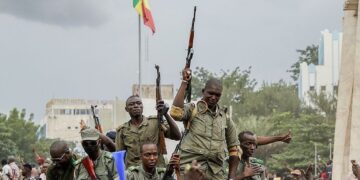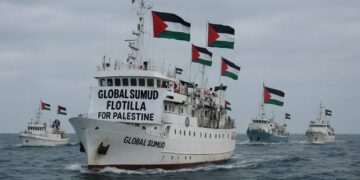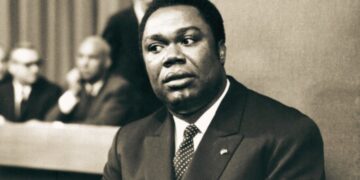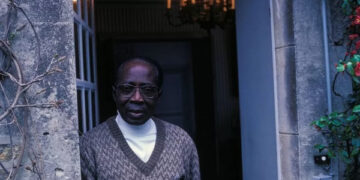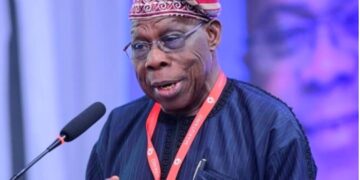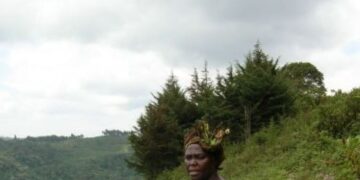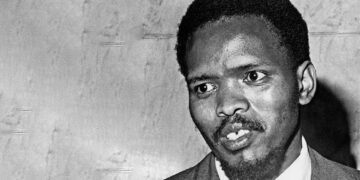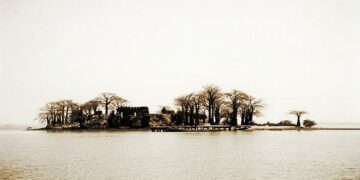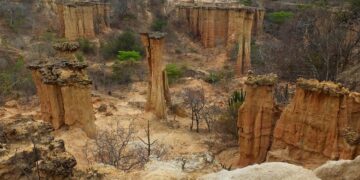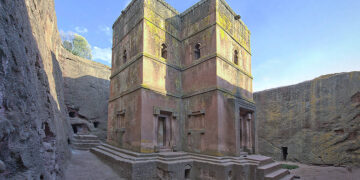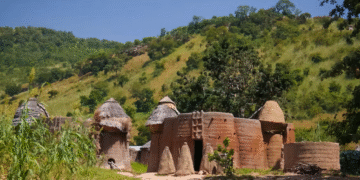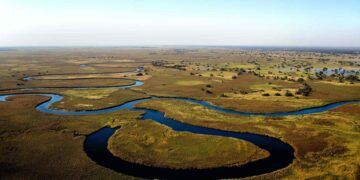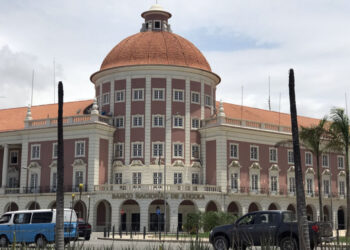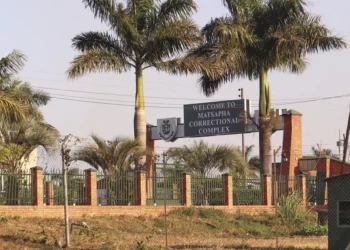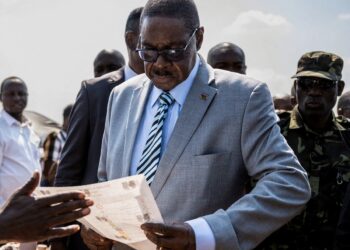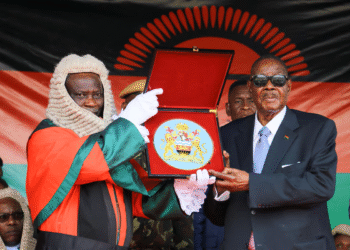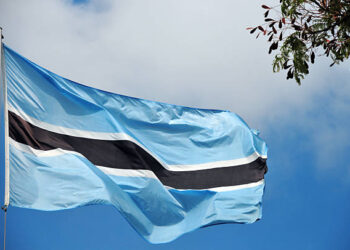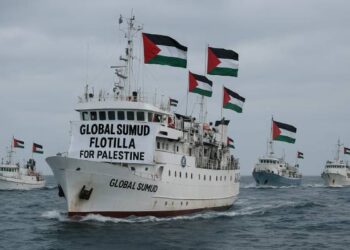Chief Hosea Kutako was one of the most prominent leaders of the Namibian nationalist movement and traditional leadership. Thanks to his tireless efforts and long-standing struggle, he is considered the “father of modern Namibian nationalism.” Born in 1870 in pre-colonial Namibia’s Herero lands, he lived a life that span 100 years, witnessing profound political and social transformations, from a traditional independence movement to a national symbol that inspired Namibia’s liberation and unity movements.
Chief Kutako was raised in a royal family of the Herero, one of Namibia’s largest tribes, and inherited the traditional leadership and spiritual guidance of his people. However, he became not only a leader, but also a leader with far-reaching political visions. He witnessed the German occupation of Namibia and the massacre of the Herero people at the beginning of the 20th century. He participated in the resistance to the German occupation during the German-Herero Civil War of 1904, participating in battles against German forces, being wounded and held captive, but managing to escape.
After the end of the German-led colonial wars in South West Africa (the former name for occupied Namibia), Chief Kutako witnessed the period when Namibia was subjected to the South African administration, which succeeded the German administration after World War I. This administration used severe repression to control the indigenous population and plunder their resources. In 1920, he was officially appointed Paramount Chief of the Herero people and Chairman of the Council of Herero Chiefs, which he established in 1945. This council represented the Herero community’s voice before the colonial authorities, embodied their traditional political organization, and limited colonial domination.
In the 1920s, Chief Kutako founded several social, cultural, and political associations, such as the Greens and the Reds, which aimed to preserve Herero traditions, organize their social organizations, and resist colonial policies. In 1923, he organized the transfer and burial of the body of the martyr Samuel Maharero, a Herero leader opposed to colonialism, in the Okahanga region, as a sign of the preservation of the history and collective memory of the Herero people.
He became involved in national political activism and began expanding his efforts to include a broader struggle for Namibia’s independence from South African rule. He was one of the pioneers who approached the United Nations to try to draw international attention to the situation in South West Africa, submitting several petitions in conjunction with Reverend Michael Scott, a British Anglican priest who supported the national cause. These petitions are considered among the first steps taken on the international stage against colonialism in sub-Saharan Africa and contributed to framing the Namibian cause as one of liberation and self-determination.
In 1959, he co-founded Namibia’s first national party, the West African National Union (SWANU), and held leadership positions within it. This entity later split, giving rise to the South West African People’s Movement (SWAPO), which later became the main force in the liberation movement. However, Kutako later rejected the 1964 Odendaal Plan, through which the South African authorities divided Namibia into ethnically distinct regions, such as isolated small states (homelands), as he considered it racist and a conspiracy to undermine national unity.
Chief Kutako believed in the importance of national unity and the shared struggle of all Namibians, regardless of ethnicity or tribe. He was keen to guide the youth and members of the national movement, especially during the most critical moments of the struggle for Namibia’s freedom. His career serves as an example of how to combine traditional and modern leadership, and how to interact between local culture and contemporary political needs.
Throughout his life, Chief Kutako was involved in resisting occupation, not only militarily, but also through cultural and political dimensions. He worked to preserve the Herero people’s identity and promote their rights to land and dignity, while constantly striving to move towards a free and independent economy based on self-development. He also documented the crimes his people were subjected to, including the genocide perpetrated by German forces, which was later recognized by the Germans as genocide against the Herero people.
Chief Hosea Kutako died on July 18, 1970, in the Amnies Reserve in Namibia, leaving behind a rich national legacy that resonates throughout the Namibian national struggle, and indeed throughout the history of the African continent as a whole. His official tribute in Namibia was as one of the nine heroes of the nation, whose statues stand in the Heroes’ Acre near Windhoek, the capital, in honor of his role as a resistance fighter, political leader, and nationalist.
He was honored by naming Windhoek International Airport, the country’s largest airport, after him, and by designating Kutako’s home in the Amnies area as a national heritage site. His memory is strongly associated with national and struggle discourses and symbols, as he is viewed as a figure who combined resistance to oppression, the strengthening of national identity, and productive political action.
A study of Hosea Kutako’s life and career provides a rich understanding of the dynamics of resistance to colonialism and the power relations between traditional leaders and colonial authorities, as well as the culmination of political and social transformations in twentieth-century Africa, particularly in sub-Saharan Africa. His unique experience reflects a political and social trajectory encompassing the challenges, resistance, and influence of traditional leaders in national liberation movements.


